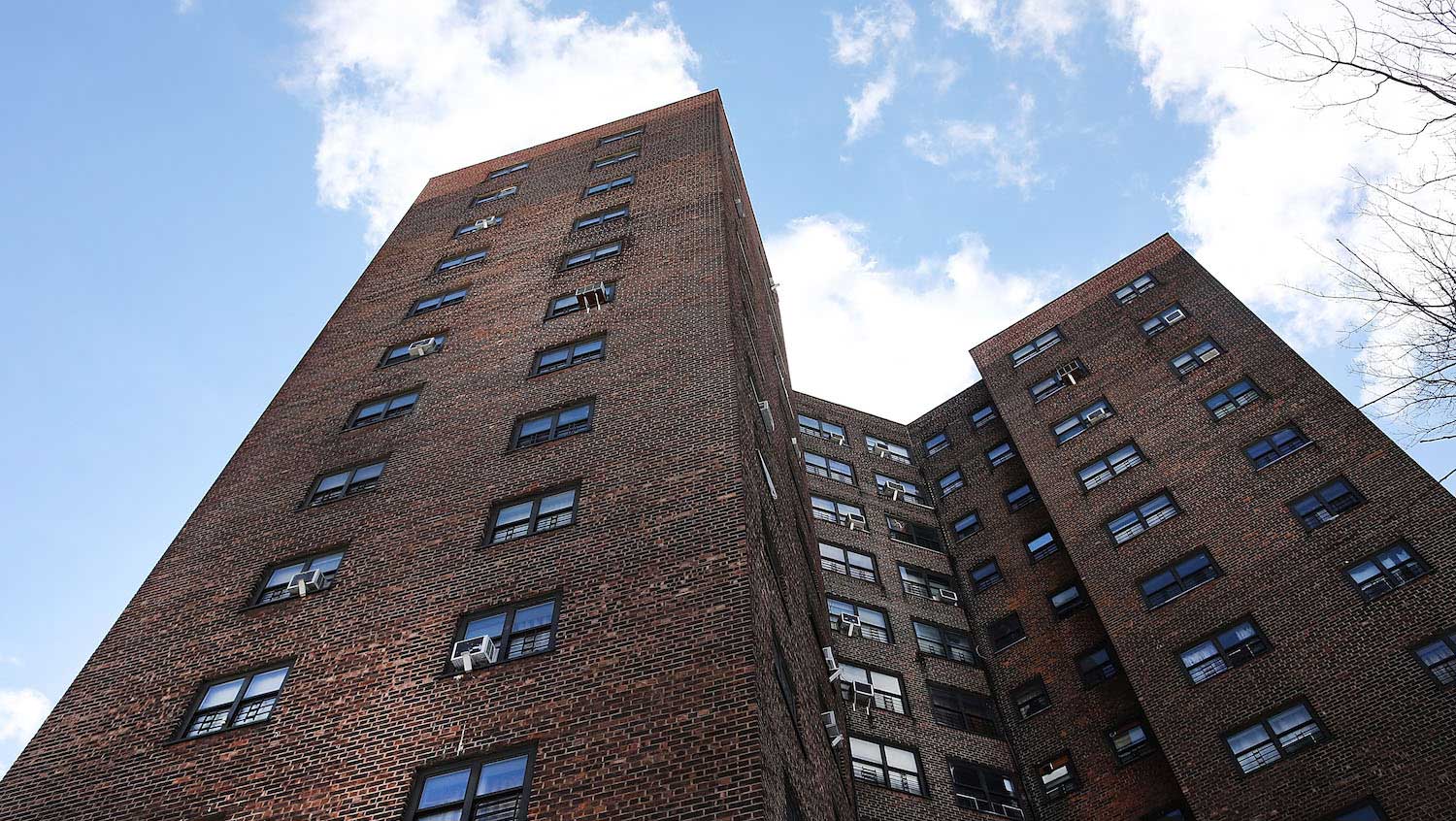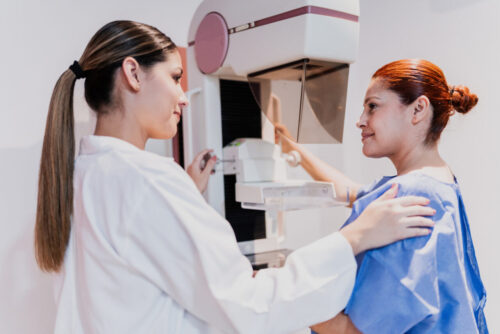Can Housing Assistance Boost Cancer Screening? Not On Its Own, Study Suggests
June 17, 2019

Getty Images
An analysis of federal data found no link between housing assistance and cancer screening rates, highlighting the importance of other barriers to care.
THE BOTTOM LINE | Housing is an important social determinant of health, but it’s crucial that researchers continue to probe and understand the associations between specific housing assistance interventions — including government-assistance programs — and specific health outcomes. When it comes to cancer screening, a broader understanding of clinical, psychosocial, and structural levers besides housing assistance will be needed to increase screening rates among underserved populations.
CONTEXT | Low rates of cancer screening among low-income populations and racial and ethnic minorities are believed to play a role in disparities in cancer care and outcomes. To address those disparities, a better understanding of the social determinants of health that do (and do not) influence cancer screening is urgently needed. Researchers have hypothesized that housing assistance programs may increase screening rates — by freeing up financial resources and creating easier access to co-located health and social services, for instance.
STUDY OBJECTIVE | Examine the link between participation in federal housing assistance programs, including the Housing Choice Voucher (aka Section 8) rental-assistance program, and cancer-screening rates.
THE DETAILS | The researchers cross-referenced eight years of data from the National Health Interview Survey with corresponding data from the U.S. Department of Housing and Urban Development. Honing in on a subset of about 5,000 people who had never received a cancer diagnosis and were eligible for screening, the researchers compared screening rates among those who were currently receiving housing assistance and those who were on the waitlist.
FINDINGS | After adjusting for a variety of factors including employment status and insurance coverage, no differences in screening rates for breast, cervical, or colorectal cancer were observed between people who were and weren’t yet receiving housing assistance.
PULL QUOTE | “[P]roviding housing assistance, in and of itself, may be insufficient to overcome the multiple access barriers that low-income populations face.”
Source. Wong MS, et al. (2019). The Relationship Between Federal Housing Assistance and Uptake of Cancer Screening Among Low-Income Adults. Journal of General Internal Medicine.


